These lessons focus on plants, plant genetics, and plant adaptation in arid lands. Guayule and guar and highlighted as potentially viable crops with specific traits that make them suitable for drier climates.
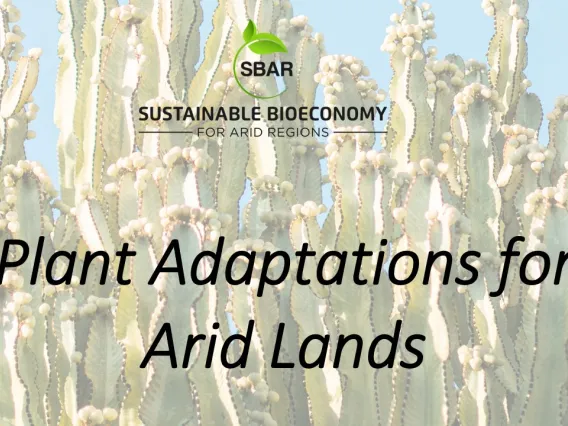
Plant Adaptations for Arid Lands
Author: Traci Klein, Matthew Katterman, Arisbeth Ibarra Nieblas
Subject: Science
Grades: 6th – 8th grades
Summary: This lesson introduces students to the idea of biological adaptation and explains how plants adapt to a desert environment. Students will get to create their own imaginary plant that is adapted to the desert.
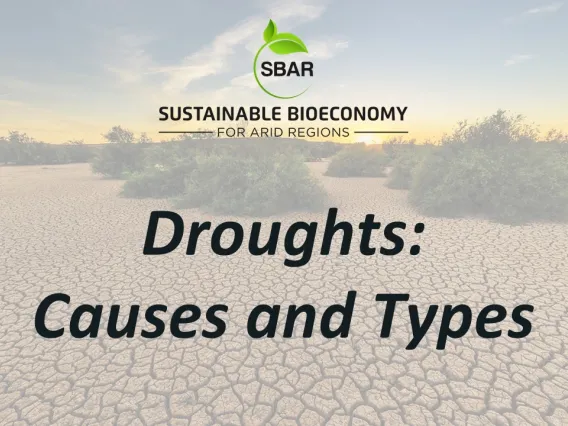
Droughts: Causes and Types
Author: Rodrigo Rosales, Cathy Bradley, and Karina G. Martinez-Molina
Subject/Class: Science
Grade Level: 6th – 8th grade
Summary: Students will analyze data to recognize drought conditions and participate in group discussions on the causes and signs of droughts. Students will create an informative and illustrative model presentation that identifies the different types of droughts and drought conditions that may exist in their local area using science vocabulary, claims, evidence, and reasoning.
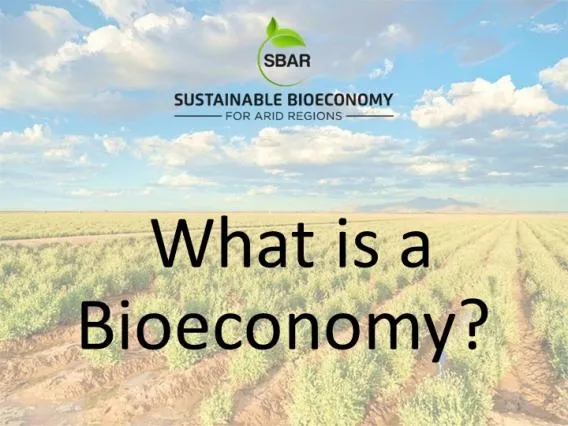
What is a Bioeconomy?
Author: Arisbeth Ibarra Nieblas
Subject/Class: Science
Grade Level: 6th – 8th grades
Summary: This lesson introduces students to the concept of a bioecomony. Students gain an understanding of the environmental impacts and processes of commonly used products.
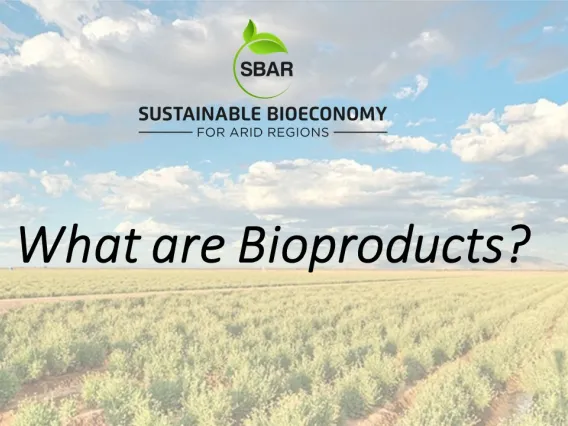
What are Bioproducts?
Author: Arisbeth Ibarra Nieblas
Subject/Class: Science
Grade Level: 6th – 8th grade
Summary: This lesson introduces students to the concept of a bioeconomy and what makes a bioproduct. Students gain an understanding of the environmental impacts and processes of commonly used products.
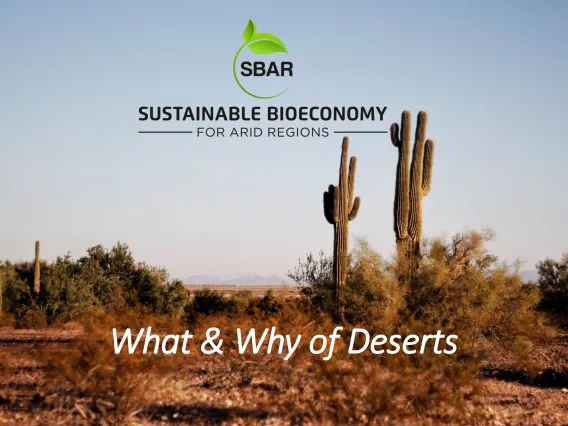
What and Why of Deserts
Author: Traci Klein and Matthew Katterman
Subject: Science
Grade Level: 6th – 8th grades
Summary: This lesson explains what a desert is and describes contributors to the creation of deserts, such as Hadley Cells and the rain shadow effect. It includes an experiment to demonstrate how temperature affects density and the flow of the atmosphere.
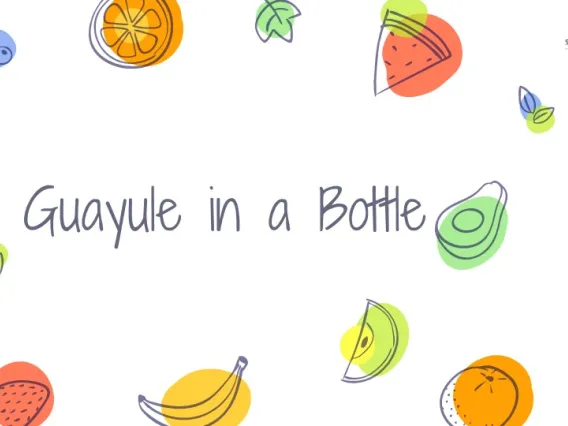
Guayule in a Bottle
Adapted from Teaching Engineering: Biodomes Engineering Design Project teachengineering.org
Author: Holly Barton, M.S., and Priscilla Fischback
Subject: Science, engineering
Grades: 6th – 8th grades
Summary: In this one to two week lesson, students conduct an experiment comparing a high water use seed/seedling and a low water/drought-resistant plant (Guayule). Other low water use plants can be used in place of Guayule if it isn’t available. Through this experiment, students make connections to water use and sustainable agriculture in arid lands.
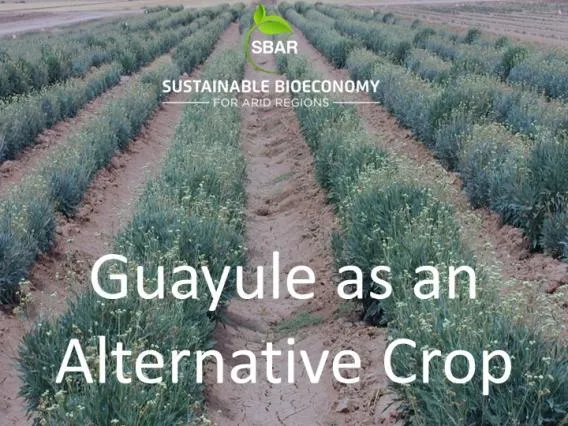
Guayule as an Alternative Crop
Author: Oluwatobi Omotayo
Subject: Science
Grade Level: 6th to 9th grades
Summary: This video lesson introduces students to guayule (Parthenium argentatum) with a seminar by Dr. Laura Rodriquez-Uribe. Guayule is a drought tolerant shrub that is a source of natural rubber. Students will learn about guayule and the many products derived from it including latex, resins, and bagasse. Students will learn about research being conducted on guayule.
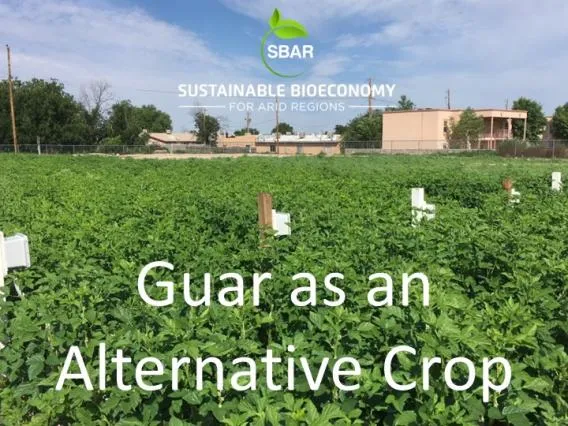
Guar as an Alternative Crop
Author: Oluwatobi Omotayo
Subject: Science
Grade Level: 6th to 9th grades
Summary: This video lesson introduces students to guar (Cyamopsis tetragonoloba) with a seminar by Dr. Laura Rodriquez-Uribe. Guar is an alternative crop for arid regions. The lesson covers guar’s agronomic and environmental importance, industrial uses, and biproducts. Students gain an understanding of how guar can be a useful to grow in arid lands.
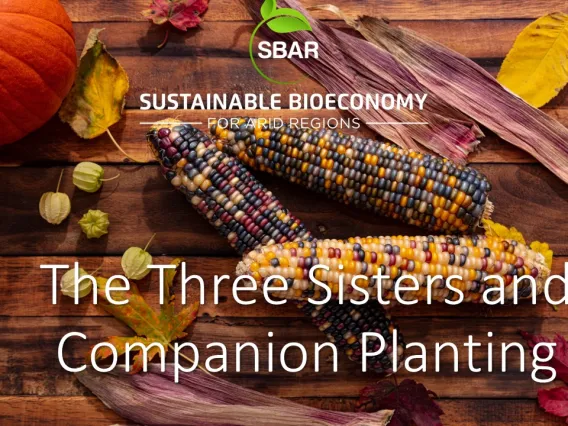
The Three Sisters and Companion Planting Lesson
Author: Matt Swanson and Juan Arias
Subject: Science
Grades: 6th-10th
Summary: This lesson introduces students to the concept of companion planting by focusing on the Native American tradition of planting the Three Sisters: corn, beans, and squash. Students will design their own Three Sisters garden as part of this lesson.

